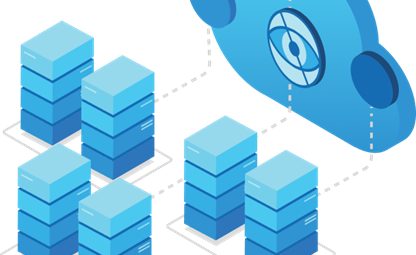29 Dec 2017
Raw Data and the Internet of Things

The latest technology trends have been driven by accessibility. No longer is additional functionality enough for the consumer. Any product must be easy to use, learn, and apply to a variety of situations. Trends such as voice activation allow users to rely on their speech to cue complex computer tasks, and features such as thumbprint recognition make passwords arguably obsolete. Perhaps the most notable among these advances is the integration of data across software suites, with a notable example being smartphone architecture that allows a date sent via text to translate into a calendar reminder. These features hint at future opportunities.
Recent advances prove that computer programs understand user input and use that data to provide functionality. They provide these solutions by gathering data. Programs remember what the user has said or what has been written, with data such as monetary amounts, foods, times, and other categories capable of being automatically for future use. This opens the door for better prediction of user habits in the use of many applications.
Birth-dates can be gathered and used in a calendar. Food purchases can be recalled and processed to calculate dietary needs. Expenditures can be automatically inputted into money management software. The only limitation at this time is the inability of most programs to communicate with each other. If data could be freely shared across applications the possibilities could be endless. The way information is gathered and shared amongst programs will dictate the future of technology.
For more tech news and services don't hesitate to contact us for information on the latest speculation, news, and reports.


